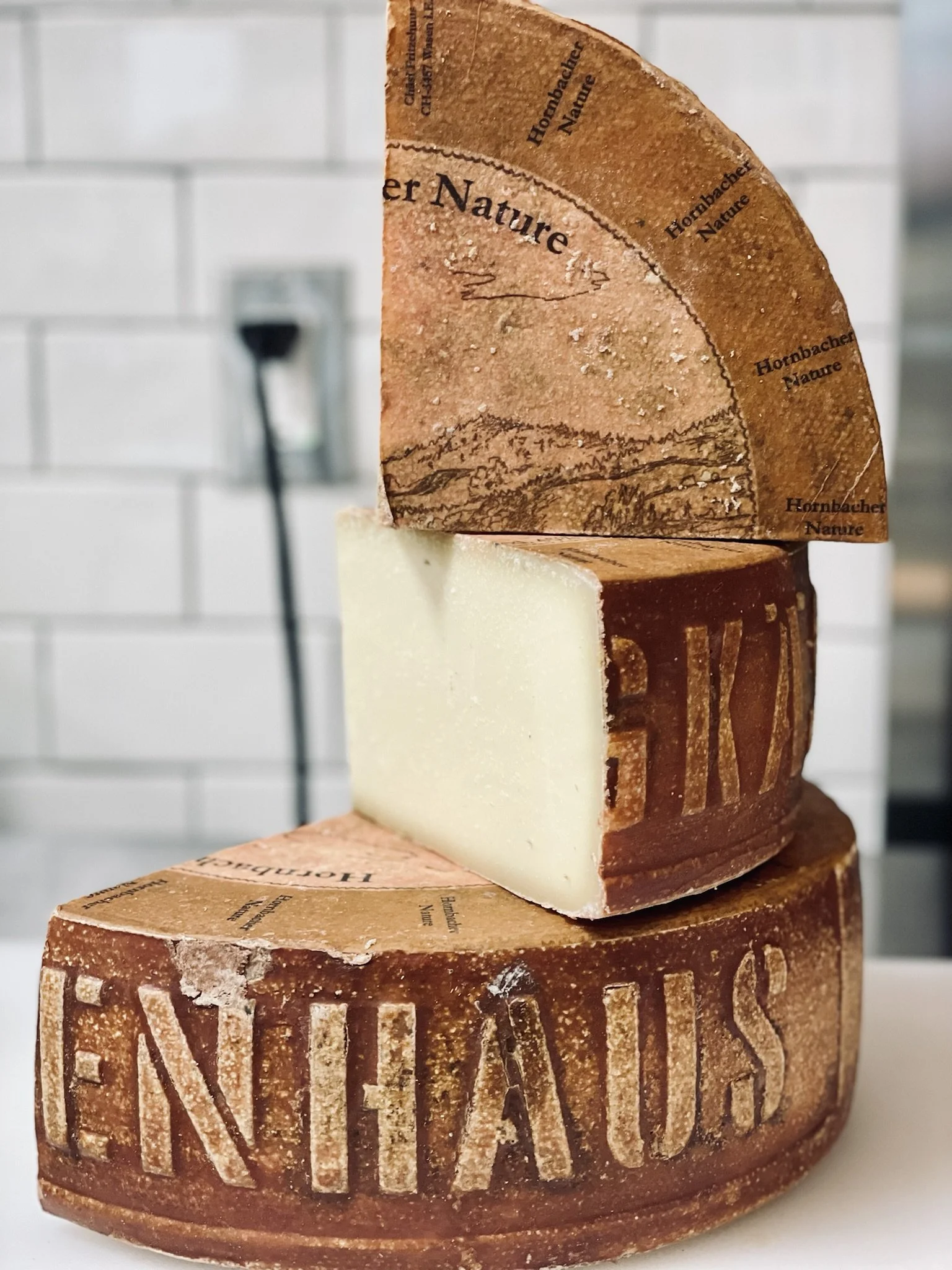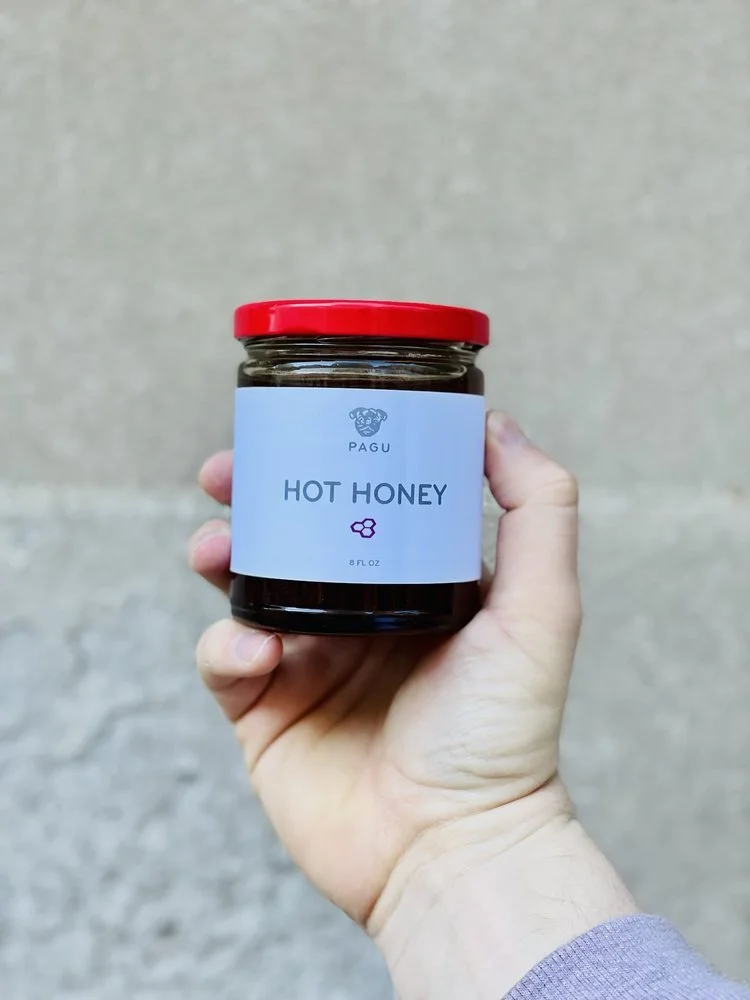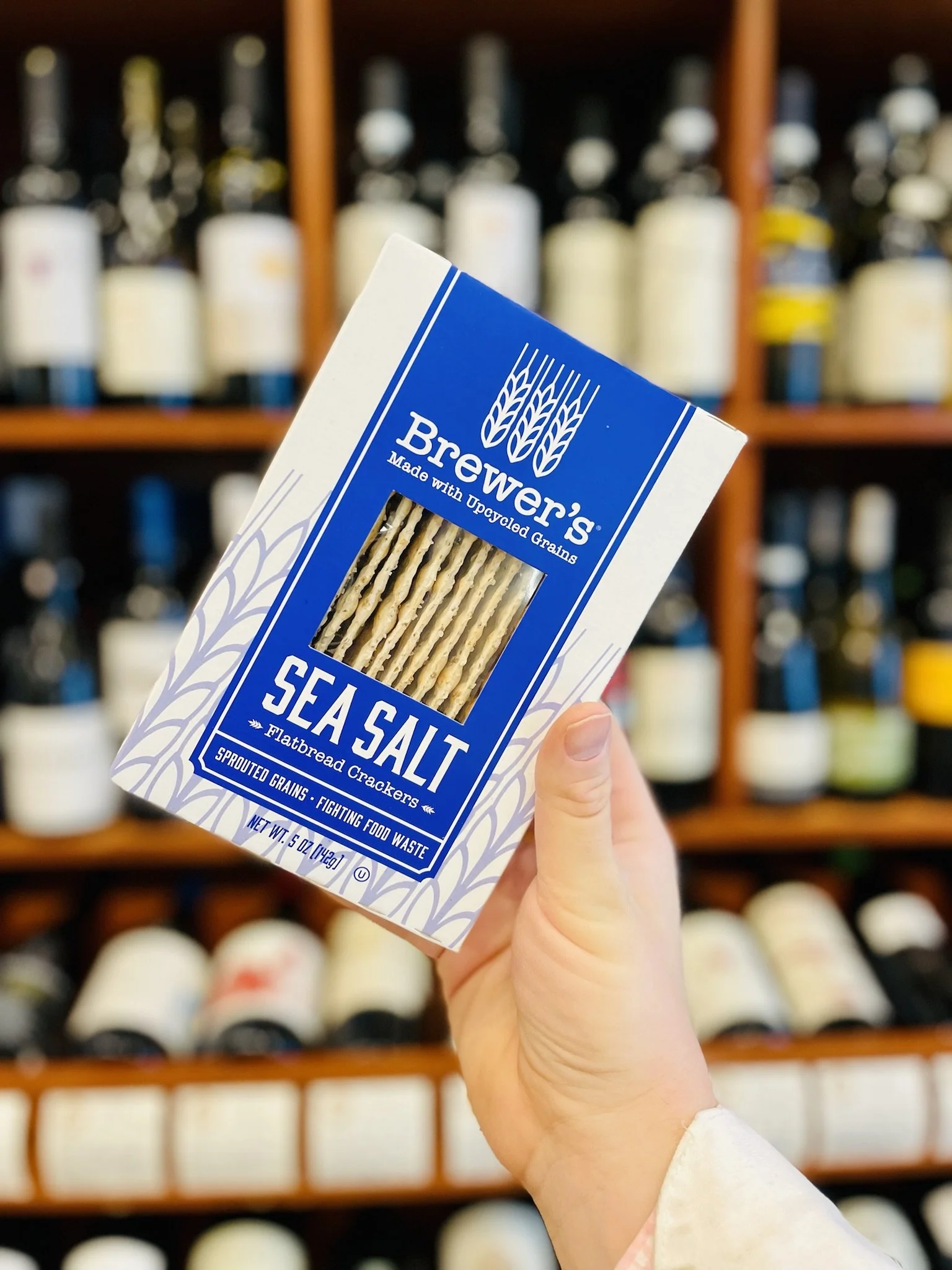Expeditions: The January 2022 Cheese Explorer
It’s that time of year again, when the last thing you can imagine is a field of green grass, sunshine, or anything remotely resembling summer in New England. In its place we have a cornucopia of grey and white - snow, slush, hail, rain, if it’s precipitation, we probably have it headed our way. Couple that with New Years resolutions and usually wine and cheese seem to disappear into the ether, at least as far as January is concerned. But, dear readers, you’re not one of those people, you came for cheese, and we’re happy to say we’re quite piqued about this month’s expedition, which finds us going from the southern fringes of Wisconsin, to the northern reaches of Vermont, into the valleys of Switzerland and into the fjords of Sweden!
Wrangeback - Almnas Bruk
Yes, Swedish cheese, and no, it’s not Jarlsberg. It is Wrangeback, and it has the longest pedigree of the quartet, officially recognized as Sweden’s oldest cheese in production since the 1800s and the farm has its roots dating back to 1225!
This rather regal farmhouse sits on some 8,800 acres of land in Hjo, where Västergötland meets Lake Vättern. But what’s the point of great farmland without great cheese? Luckily, we may not ever have to know. Almnas Bruk has gone through many periods of transition, and their cheese production was discontinued in 1961 to focus more on selling their milk. However, in 2008, Hans Stiller, the original cheesemaker at a spritely 82, revitalized the recipe for Wrangeback and they’ve been making it with their organic farmstead milk ever since.
We think it has an excellent balance of sweet cream and grassy flair, with a undulating umami character that evolves as you let this cheese linger on the palate.


Wrangeback Cheese Facts:
Milk Type: Cow
Milk Treatment: Raw
Rennet: Animal
Style: Washed Rind / Alpine Style
Texture: Firm
Age: 10 Months
Anabasque - Landmark Creamery
I know, Wrangeback is quite an act to follow, but we persevere all the same. We turn our expedition next to a dynamic duo of Annas, who banded together to form a micro-creamery in Belleville, Wisconsin named Landmark Creamery.
Wisconsin, as you might know, does things a little differently, although appropriately for the “cheese head” state. Anyone who wishes to become a cheesemaker must pass through a rigorous license exam that requires one to know more about ph levels and cheese form composition than one could ever reasonably expect.
Anna Landmark is one such licensed cheesemaker, and she teamed up with Anna Thomas Bates, a food writer and passionate sustainable agriculture advocate who runs the business side of the creamery.
Anabasque is the result of direct partnerships with local farms, and its an homage to one of the most classic cheeses to ever come out of Europe, Ossau-Iraty. The Basque region is profligate with many goat and sheep’s milk cheeses, in no small part due to the shepherding heritage, where small herds of sheep and goats were preferred over the less nimble and much larger dairy cow.


Anasbasque Cheese Facts:
Milk Type: Sheep
Milk Treatment: Pasteurized
Rennet: Animal
Style: Washed Rind / Natural Rind
Texture: Semi-Firm
Age: 5-9 months
Hornbacher - Kaserei Fritzenhaus
“But I thought we were in Europe?” You say, and yes, we were, and yes, now we are back, but this time, it’s to perhaps the most recognizable European cheese making country beginning with S, and that’s Switzerland. Home of both a robust economy and robust cheese alike, Switzerland.
We’ve always taken Gruyere seriously in the States, and we love to carry a wheel made by Michael Spycher, specifically his 18 month aged profile, which is studded with tyrosine crystals that give aged cheese its distinct crunch.
But, ask Michael what his favorite cheese is, and he’s more likely to point you towards our third feature, Hornbacher. Spycher affectionately calls it the “baked potato” cheese, and if you’re the type to look at cheese flavor wheels, then you’d see that Hornbacher falls heavily into the vegetal category. It really does taste like a properly stuffed baked potato, but better because, well, cheese.
Hornbacher borrows its name from the river that runs through Kaserei Fritzenhaus, where Spycher resides as head cheesemaker, and the dairy itself has been in operation since 1847. Hornbacher is made from nutrient-rich milk sourced from 12 local farmers who deliver fresh milk to the dairy twice per day. Their cows graze the entire summer on lush meadows and eat fine hay during the winter months, guaranteeing the highest quality milk and allowing a long, natural 12-month ripening process.


Hornbacher Cheese Facts:
Milk Type: Cow
Milk Treatment: Raw
Rennet: Animal
Style: Washed Rind / Alpine Style
Texture: Firm
Age: 11 Months
Black Cap Cache - Stony Pond Farm
Last but not least, we’re proud to welcome a new cheese into the fold, a new cheese from the Northeast’s Dairyland, Vermont. Black Cap Cache is the latest creation from Melanie and Tyler Webb at Stony Pond Farm up in Enosberg Falls, Vermont. Melanie is part of the new vanguard of cheesemakers in Vermont, releasing her first cheese, Swallow Tail Tomme back in 2019, and Tom-Tom, a lush Camembert style followed in 2020. Black Cap Cache is her latest, a raclette style cheese made with the milk from the fall.
Why does seasonality matter when it comes to milk? Well, most cheesemakers worth their protein are utilizing their land to ensure a grass based diet for their herds, and come winter when grass is not plentiful or easy to reach, the herds are switched over to a hay based diet, that’s why you see farmers bailing hay all the time, it’s a remarkable food source, and very concentrated in nutrients. The result is a higher fat content cheese, and a higher fat content means that the cheese is more likely to melt.
So, I reached out to Melanie about what she hoped for out of this new cheese, and she told me that they wanted to aim for a raclette style that showcased their excellent organic milk We are inclined to agree.


Wrangeback Cheese Facts:
Milk Type: Organic Cow
Milk Treatment: Raw
Rennet: Animal
Style: Washed Rind / Raclette Style
Texture: Semi-Firm
Age: 3 Months
What to make of this quartet? Well, winter months mean we crave warmth, and for me that means fondue and grilled cheese, and these all work extraordinarily well when warmed up, ready to pack flavor over everything from bread to potatoes to sausage and salami. These are also all mountain style cheeses, and all are washed during their make, and it’s a great way to explore all the nuances that these different cheeses present.
Accompaniments
Hot Honey - Pagu Restaurant
Hot Honey From Pagu
For accompaniment this month we’re proud to include Hot Honey from Pagu, one of our favorite local restaurants over the river in Cambridge, and the back and better than ever Brewer’s Crackers, made from upcycled materials and spent grain from Cambridge Brewing Company. With the right amount of salt and spice, these cheeses will surely be everything nice.
Brewer’s Sea Salt Flatbreads - Brewer’s Foods
Brewer’s Sea Salt Flatbread Crackers.
The Wine Supplement - Big Flower Cabernet Franc


This month, we borrow from near and far, with Massachusetts transplant Ginny Povall’s Big Flower wines and her unique Cabernet Franc, a varietal that is oft-overlooked everywhere but in the Loire Valley, but nevertheless an excellent wine for richer fare, with a distinct peppery note.
You can read more about Ginny Povall and her wines as part of this month’s Vine Path, linked here.




